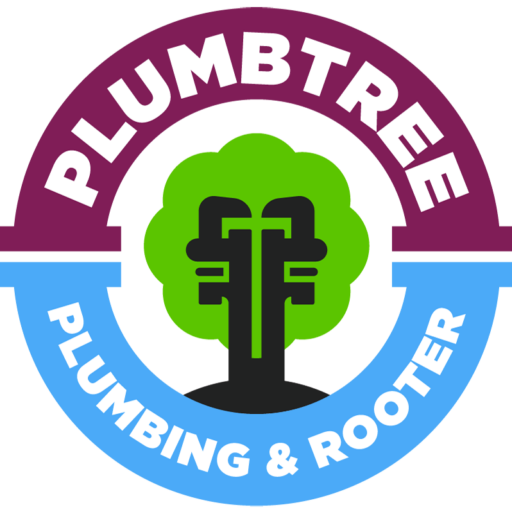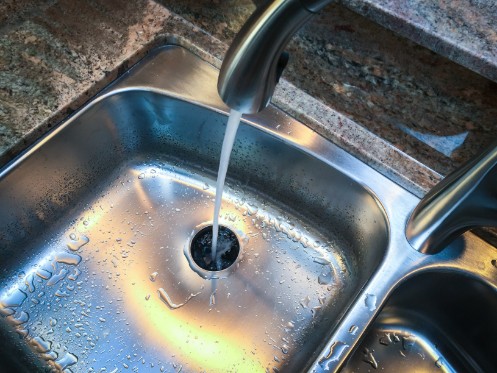Upgrading your kitchen sink and faucet is a simple home improvement job. Most stainless steel kitchen sinks last for around 10 to 20 years. After this, they can start becoming discolored and looking dirty and dingy. Kitchen faucets also typically only last around 15 years. After this, they may start corroding. Old faucets are also prone to dripping. Here are some benefits to upgrading sinks and faucets.
Improved Style and Aesthetics
Performing a full remodel can obviously bring the style and technology of your kitchen up to date. Unfortunately, it can also be expensive. The average cost for a full kitchen remodel ranges from around $15,000 to $40,000. If this is out of your budget, there are still simple fixes you can do. Replacing your kitchen sink and/or faucet is an easy and inexpensive way to boost the style and appearance of your kitchen without breaking the bank.
High-quality, modern sinks and faucets are also extremely durable and less prone to issues like rust and corrosion. This means that your investment will last a long time.
Better Functionality and Easier Cleaning
If you enjoy cooking and spend lots of time in your kitchen, upgrading to a new sink can improve the functionality of your kitchen. A double sink is a great way to have separate wash and rinse basins when doing the dishes. It can also allow you to rinse food on one side and stack dirty dishes on the other. Installing a faucet with a spray function, a pull-out spout or a separate spray nozzle can make it easier to clean pots and pans. Choosing a faucet with a spray function can also limit your water usage to help you save a bit of money.
There are also some modern faucets that have a hands-free function that enables you to turn the water on and off simply by waving your hand in front of the sensor. This can help make some of your cooking and cleaning tasks less complicated. A hands-free faucet is also great for keeping your kitchen clean and sanitized since you won’t have to touch the handle after handling meat or any time your hands are dirty or full.
You can find “self-cleaning” stainless steel sinks that have a special coating that repels water. Any time you use the sink, the coating will ensure that all of the water fully drains away. This helps to ensure the sink stays drier, which in turn will keep it cleaner and better looking by preventing bacteria and mold from forming and reducing the chances of corrosion, discoloration, staining and rust spots.
Older sinks are sometimes difficult to clean and sanitize. Many kitchen sinks are made of stainless steel, which is highly resistant to corrosion. However, acidic cleaning agents and high temperatures can both lead to oxidation and eventually cause the sink to slowly corrode over time. When this happens, the stainless steel can become more porous, which can make the sink harder to clean. It often leads to bacteria, food waste and dirt getting trapped in the surface.
Reduced Waste and Lower Water Bills
Statistics show that the average family uses their kitchen sink and faucet somewhere between 10 and 30 times a day. This can add up to lots of water usage, especially if you have old faucets with a high flow rate. Standard kitchen faucets typically have a flow rate of around 2.5 to 3 gallons per minute. To qualify as an EPA-certified low-flow faucet, the flow rate has to be no higher than 1.5 gallons per minute.
Upgrading to a low-flow faucet in your kitchen is an easy way to prevent water waste and lower your monthly water bills. In fact, some studies estimate that upgrading all of the sinks in a home with low-flow faucets can save around 700 gallons of water in just one year.
It is especially important that you replace your faucet if it is old and has lots of issues with dripping or leaking. If you have a faucet that produces one drip every second, it will often waste around 250 gallons a month or more than 3,000 gallons a year. While one drip per second may not sound like a lot, the amount of water it potentially wastes can be the equivalent of taking more than 15 extra showers each month.
If your faucet leaks around the base whenever you turn it on, it can also lead to water damage on the countertop and backsplash. In this case, you’ll often start having issues with mold and mildew forming in the caulking or silicon sealant around the back of the sink or on the grout in between your tiles. The base of the faucet can also quickly start to rust and make your entire sink look ugly and dirty.
Increased Home Value and Appeal
Every single element in your home contributes some part to its total value, and the kitchen sink and faucet are no different. While a new sink and faucet probably isn’t going to add thousands to the value of your home on its own, it can definitely make your house much more attractive and appealing to prospective buyers should you consider selling.
The kitchen is one of the first things most people look at when considering buying a home. If your faucet and sink are rusty and look old or damaged, it can negatively impact the look of your overall kitchen. Upgrading to a new high-quality faucet and sink is the easiest way to update the look and feel of your kitchen so that it looks more eye-popping and will wow your guests and any prospective buyers.
Sink and Faucet Replacement Considerations
If you are replacing a sink without changing your countertop, there are several things to consider. First, the dimensions of your new sink must fit the hole that exists in your counter. Keep in mind that you need to consider room for mounting as well. If you are unsure of whether a sink will fit into the hole in your counter, take measurements and talk to an expert.
The shape of the hole matters, too. If you have two separate sinks, you will need a sink or pair of sinks that accommodate this. Farmhouse sinks also act as the front structure of the counter and will require another sink that can fit in this opening. Finally, sinks come in two mounting styles, undermount and overmount. Choosing a sink with a similar mounting style to your existing sink will make it a lot easier to replace.
If you are replacing just a faucet, pay attention to the number of holes in your sink. Sinks with one hole need to have a faucet with a single lever that controls hot and cold water. Three-hole and four-hole sinks can work for faucets with different temperature controls. They also offer the option of additional spray heads, vents and soap dispensers.
San Jose’s Kitchen Plumbing Experts
If you’re considering upgrading your kitchen sink or need to install a new faucet, the expert plumbers at Plumbtree Plumbing & Rooter are ready to help. Our team specializes in faucet and sink installations and we can also help if your faucet is leaking and you need to have it repaired. We are the top-rated plumbing service in San Jose and the Silicon Valley area, and you can count on us for all of your water, plumbing, drain and sewer needs. For more information on the benefits a new sink and faucet can bring to your home, give us a call today.

